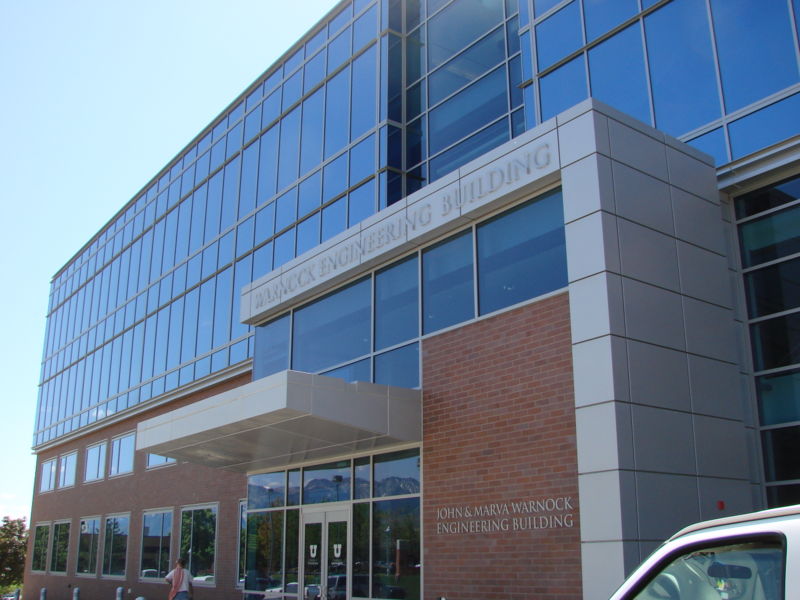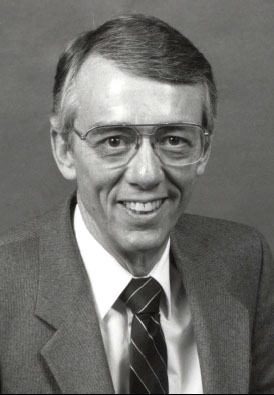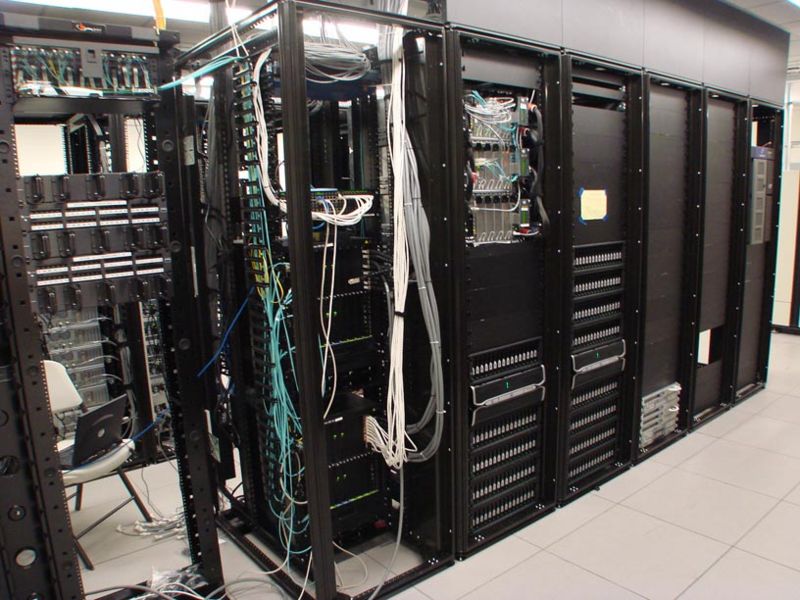 The Scientific Computing and Imaging Institute has begun a new phase of life in the John E. and Marva M. Warnock Engineering Building, a newly constructed, state of the art research facility.
The Scientific Computing and Imaging Institute has begun a new phase of life in the John E. and Marva M. Warnock Engineering Building, a newly constructed, state of the art research facility.The building is named for two primary donors who helped make it possible. John E. and Marva M. Warnock are both University of Utah alumni and founding pioneers of the information age. John Warnock is a co-founder of Adobe Systems, Inc., an industry leader in the area of graphics, publishing, web, and electronic document technologies. Marva Warnock is a designer and partner with Marsh Design in Palo Alto and also serves on the National Leadership Council for the Utah Museum of Fine Arts at the University of Utah. The project also benefited by a major contribution from Ed Catmull, another University of Utah alumnus who has been a major pioneer in computer technology. Dr. Catmull developed a series of fundamental technologies that made 3D computer graphics possible. He went on to found Pixar Animation Studios and now serves as President of both Pixar and Walt Disney Animation Studios. The Scientific Computing and Imaging Institute is very thankful for the generous contributions by the Warnock family, Ed Catmull and others who made our new home possible.
The Warnock Engineering Building was built to provide a 21st century facility to house the University of Utah's Engineering and Computer Science departments. Dedicated to the spirit of exploration and discovery, the facility promises to foster new generations of pioneers in science and engineering. With a total internal area of 100,000 square feet the facility expands the SCI Institutes's usable space to around 25,000 square feet with SCI occupying the top two and a half floors of the building. The style of construction emphasizes open space and glass instead of solid walls. The offices on the perimeter of the building feature floor to ceiling windows with stunning views of the Salt Lake valley and Wasatch Mountain range. From outside the building, the beautiful glass facade casts a shimmering reflection of the surrounding mountains and clouds.
In addition to providing offices for the Institutes's faculty, scientists, developers and staff, the space also includes four student research labs with facilities for about 60 students. We also have a common kitchen, cafe, and several meeting areas where people can work together. The open environment provides an ideal atmosphere for community interaction and collaborative work.
The David C. Evans Visualization Center
 David C. Evans |
The EVC is named in honor of Professor David Evans, an alumnus of the University of Utah who went on to become a major pioneer in computer graphics and co-founder of the world's first computer graphics company, Evans and Sutherland. Professor Evans also helped to establish the University's Computer Graphics department in 1967. A lead gift from the Warnocks defined the space and provided for the extensive physical and mechanical infrastructure. The University is now appealing to others around the world to join in this effort to complete this facility. If you are interested in finding out more about the David Evans Visualization Center, please contact SCI Institute Director Chris Johnson.
The SCI Computational Facility
 The SCI Computational Facility |
With our new state of the art facility, we hope to honor the legacy of the pioneers who have achieved great things before us at the University of Utah and made our new home possible through generous contributions. With the high performance computational resources at our disposal and some of the best minds from a wide range of scientific disciplines working together in this beautiful space, we are prepared to confront the challenging problems in science and medicine the future has to offer.




